On the afternoon of June 30, the Ho Chi Minh City Department of Health informed that after the merger, the new Ho Chi Minh City health system will be diverse in types, increase in quantity and expand in scale.
Currently, the City Health Department is planning to reasonably allocate resources and strengthen connections between health facilities and levels to better meet the increasingly high and diverse health care needs of the people in the new period.
In the immediate future, Ho Chi Minh City will maintain 443 existing ward and commune health stations to avoid disrupting primary health care activities for the people.
Within 60 days (according to the project approved by the Ho Chi Minh City People's Committee), the Department of Health will convert these 443 health stations into 168 ward and commune health stations corresponding to the new wards and communes and 296 health points.
The Department of Health assigns regional medical centers to prioritize additional human resources so that medical stations and medical points are eligible to sign contracts for medical examination and treatment under health insurance.
With 38 district and county health centers (17 centers with beds, 21 centers without beds) after the merger, they will be converted into 38 regional health centers, in charge of 168 commune and ward health stations.
In particular, 4 medical centers with inpatient beds in the old Ho Chi Minh City (including medical centers of districts 3, 5, 10 and Can Gio district) will be converted into regional medical centers without beds.
The Department of Health assigned the directors of the Medical Centers to prioritize increasing medical human resources, especially doctors, to new ward and commune health stations and medical points.
Next, the existing inpatient hospital facilities of the old medical centers (District 3, District 5, District 10 and Can Gio District Medical Centers) will be converted into suitable types to meet the medical examination and treatment needs of the people.
In addition, the Department of Health advised the City People's Committee on a plan to merge non-bed centers towards the goal of streamlining, efficiency, effectiveness and efficiency in accordance with the direction of the City's leaders.
The new Ho Chi Minh City will also have 162 hospitals, including 12 ministerial/sector hospitals, 32 general hospitals, 28 specialized hospitals, and 90 non-public hospitals.
In addition, the private clinic sector also increased to nearly 9,880 specialized clinics, 351 general clinics and 15,611 pharmaceutical businesses and pharmacies.
Currently, Ho Chi Minh City has only 1 115 Emergency Center and 45 satellite emergency stations. In the coming time, the City's health sector will continue to expand the network of satellite emergency stations to ensure coverage of the entire new Ho Chi Minh City.
Since July 1, Ho Chi Minh City also has 110 Social Protection Centers, including 15 public Social Protection Centers and 95 non-public Social Protection Centers.
According to the leader of the Ho Chi Minh City Department of Health, the new healthcare system with diverse types and increasing numbers along with the expanding scale of the area poses many challenges in the management of the City's healthcare sector.
In the coming time, the Department will promote the application of information technology and digital transformation in management and administration, ensure reasonable allocation of resources, and strengthen connections between medical facilities and levels.
At the same time, the Department builds a team of qualified human resources to adapt to the new organizational model, in order to better meet the increasingly high and diverse health care needs of the people in the new period./.
Source: https://www.vietnamplus.vn/thanh-pho-ho-chi-minh-sap-xep-he-thong-co-so-y-te-sau-hop-nhat-post1047351.vnp


![[Photo] National Assembly Chairman visits Vi Thuy Commune Public Administration Service Center](https://vphoto.vietnam.vn/thumb/1200x675/vietnam/resource/IMAGE/2025/7/1/d170a5e8cb374ebcae8bf6f7047372b9)

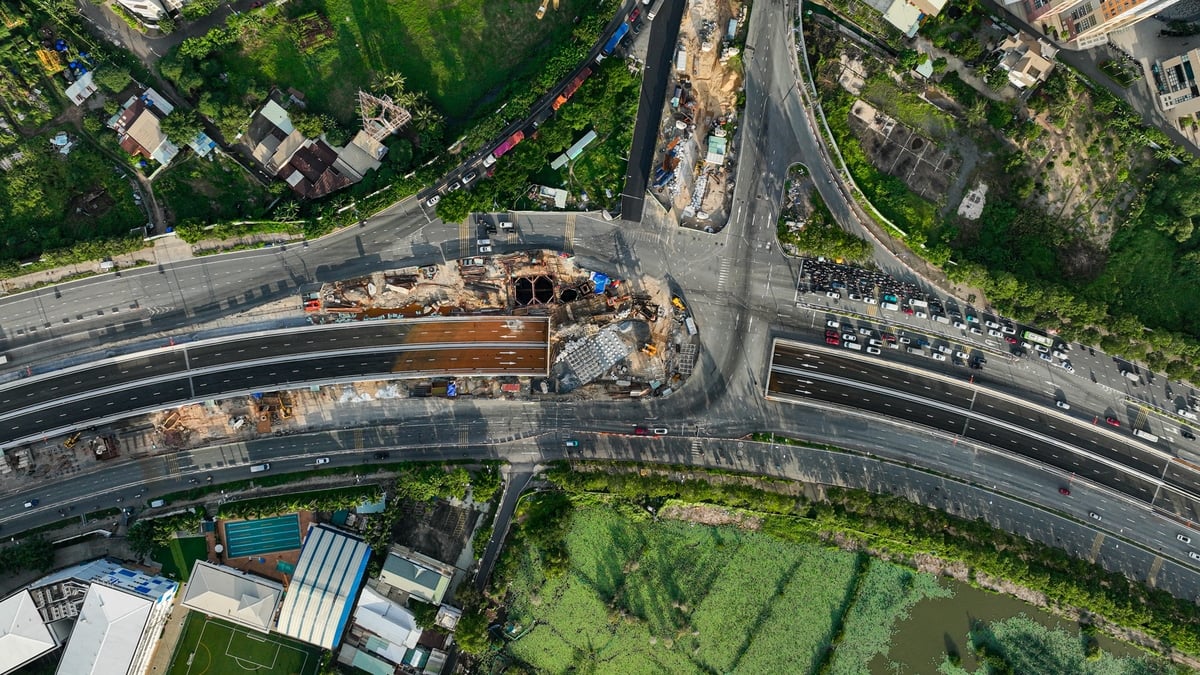


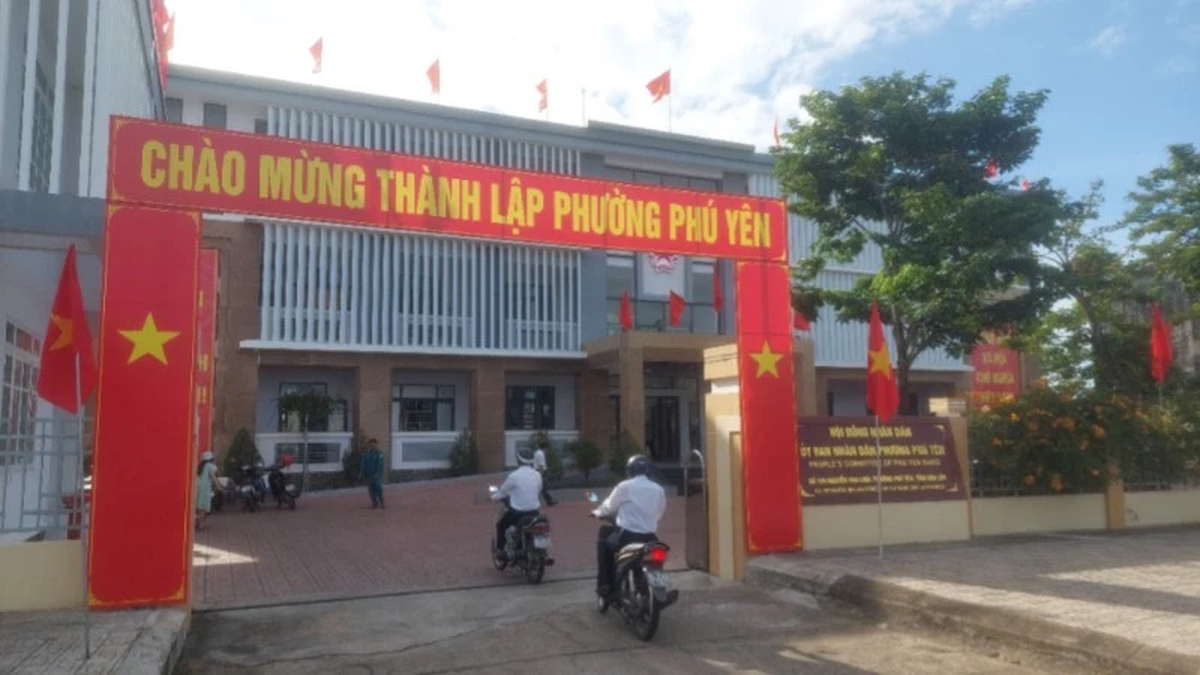


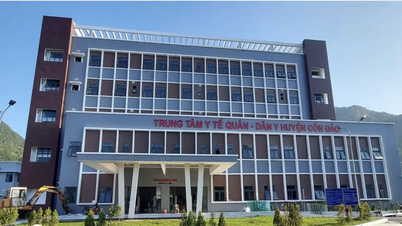

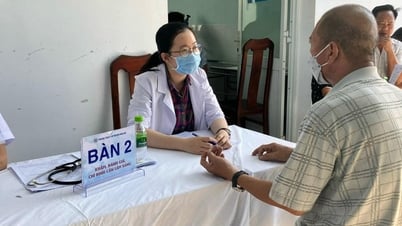

![[Photo] General Secretary attends the announcement ceremony of Resolutions on merging administrative units in Ho Chi Minh City](https://vphoto.vietnam.vn/thumb/402x226/vietnam/resource/IMAGE/2025/6/30/ab1bd03cc8bb4f60b2665f4915f258c5)


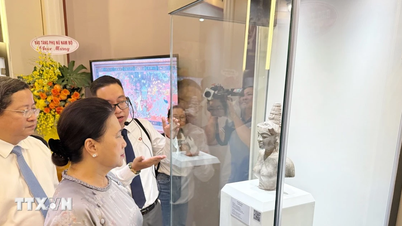
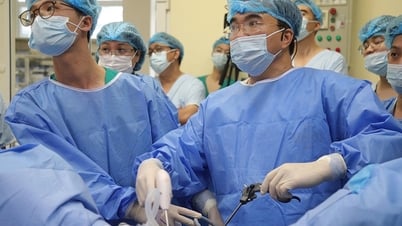
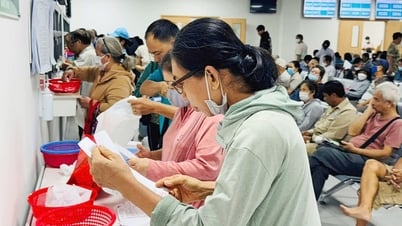














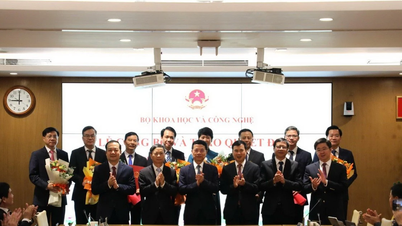



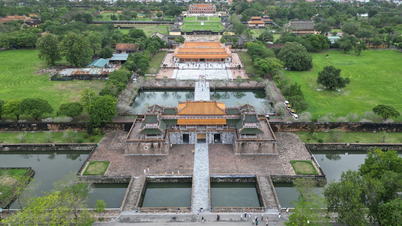




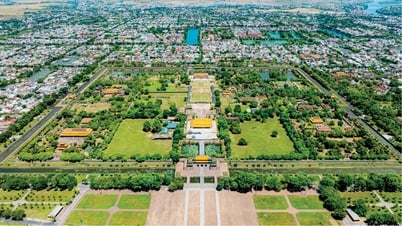




















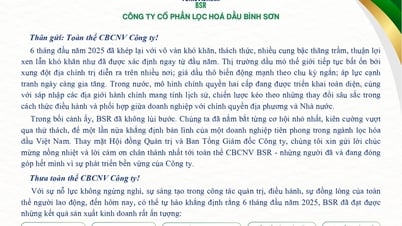







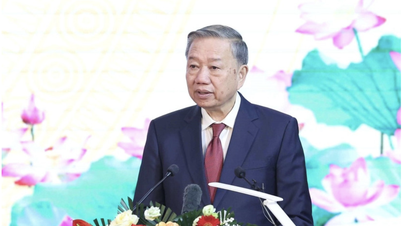




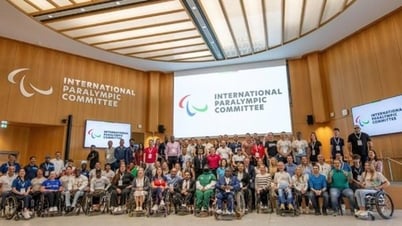








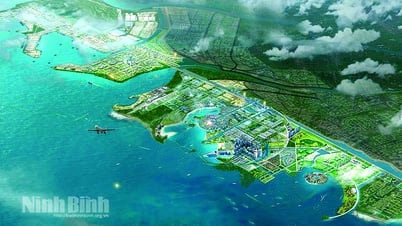




















Comment (0)